We got our grubby mitts on the most hyped car of recent years, the 2019 Toyota GR Supra, and gave it a good ol’ thrash-testing
Words: Jaden Martin Photos: NZ Performance Car
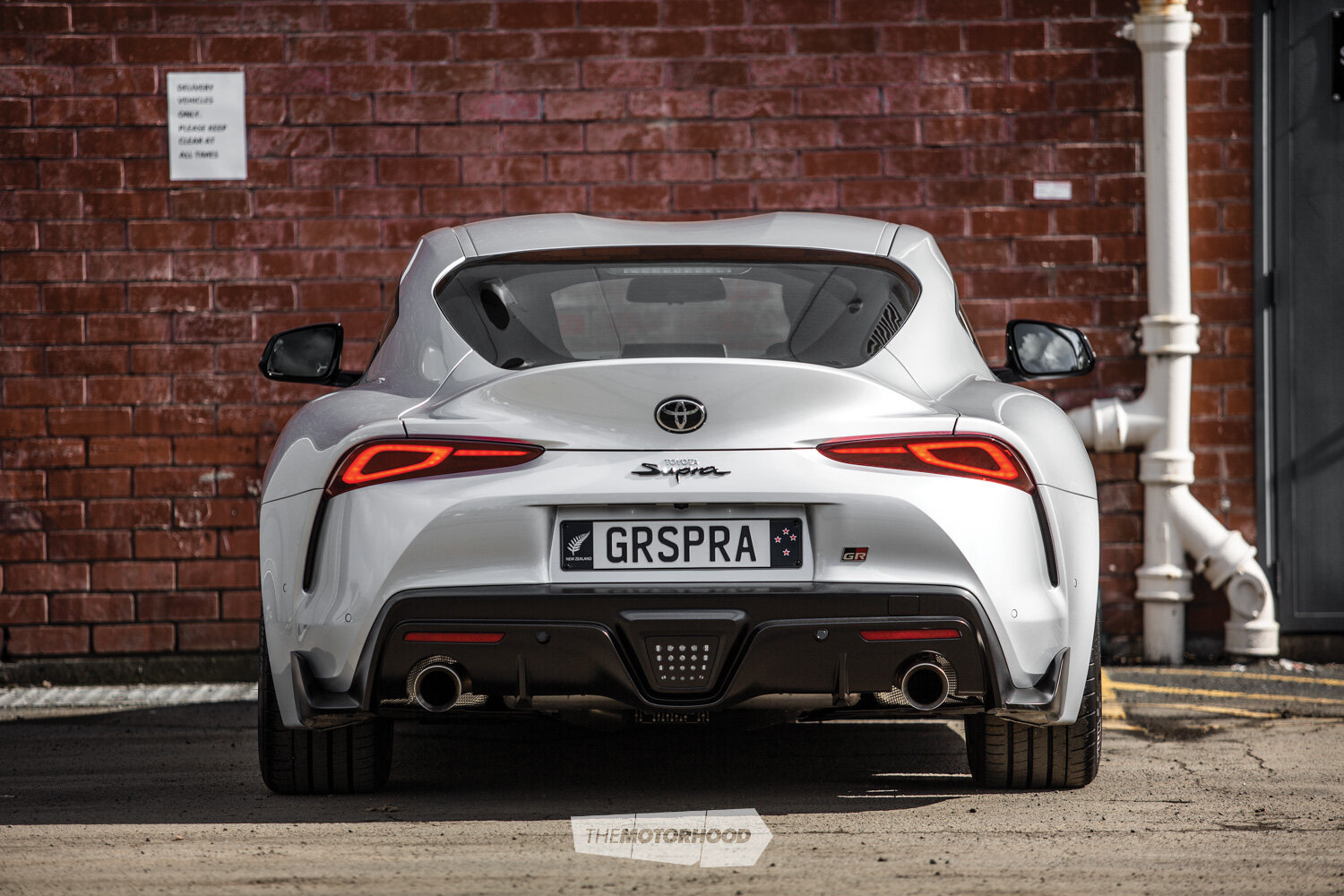
The worldwide car community has been damn lucky in recent years, with automaker giants heeding calls to break open the design vault and get busy working to continue numerous cult-classic bloodlines despite the challenges faced by the ever-tightening emission culls; some have even gone so far as to revive their biggest nameplates from the dead. We’ve all been lapping up this new car goodness as if the tap could be turned off any minute.
While there’s been plenty of excitement surrounding each launch, few have enjoyed the amount of airtime that has been afforded to the latest offering from Toyota: the 2019 Toyota GR Supra (A90). From the second that the big-wig boardroom decision makers at Japan’s biggest automotive manufacturer allowed the slightest hint of what they were doing to slip outside of the company — putting the long-awaited successor to the famed Supra Mk4 into production — the next-generation car’s impending arrival has had the world acting like little kids catching wind of what they are getting for their birthday. The Supra fraternity near-on broke the Internet speculating what this new incarnation would encompass, and news sites were swarming with daily cannon-fodder updates as more snippets of information were let loose.
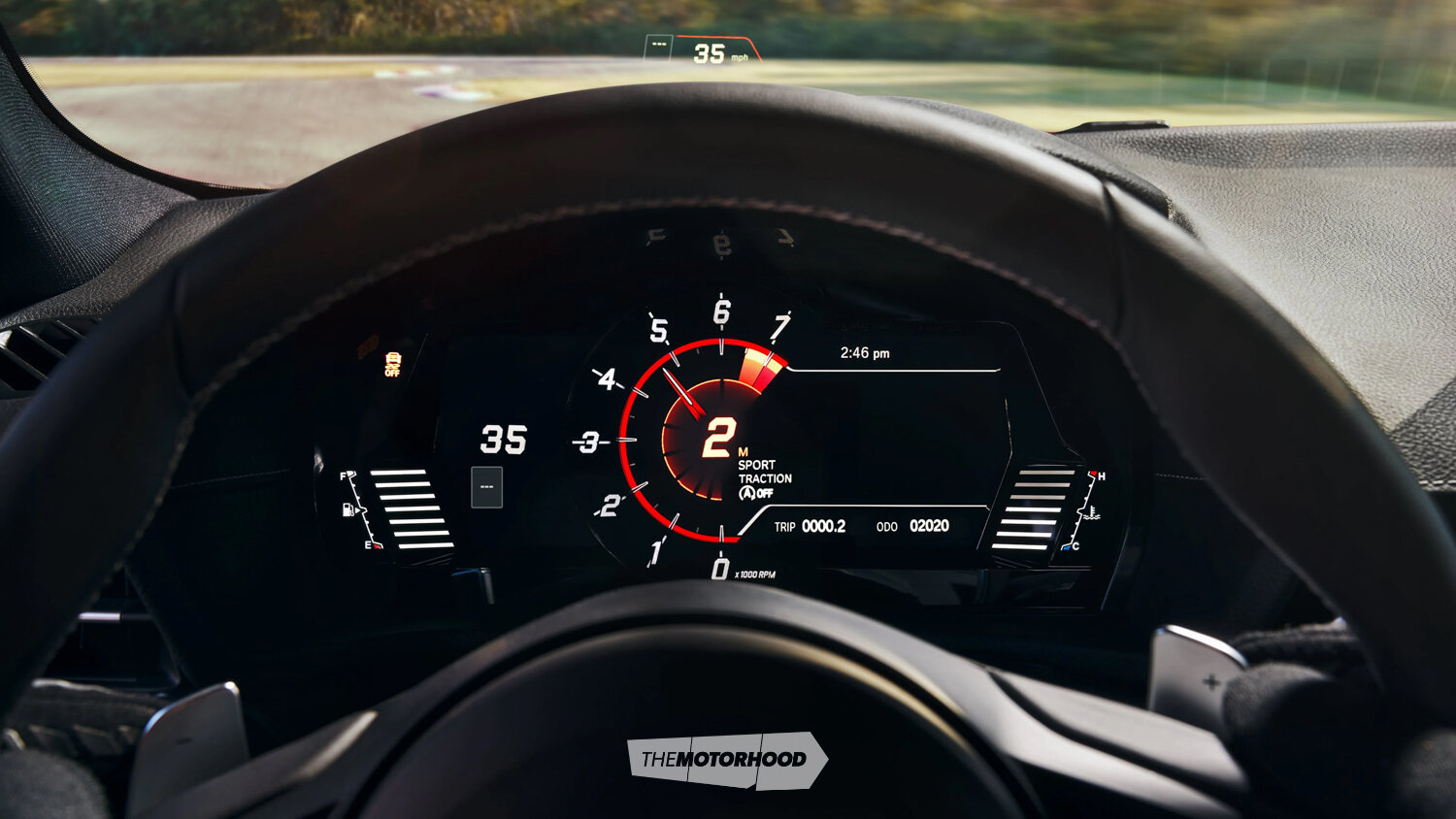
In turn, this new Supra was put on a massive pedestal and expectations were sky-high — fans recalled its predecessor with rose-tinted glasses: a hulking 2JZ-powered monster that was capable of running 10-second passes straight out of the box. A reality check highlights the fact that the Mk4 was really a heavy grand tourer made for comfort cruising, albeit with a ton of unlockable potential.

So, to see if this next-generation would live up to all the hype and expectations, we wangled one for the day and subjected it to our signature thrash-test.
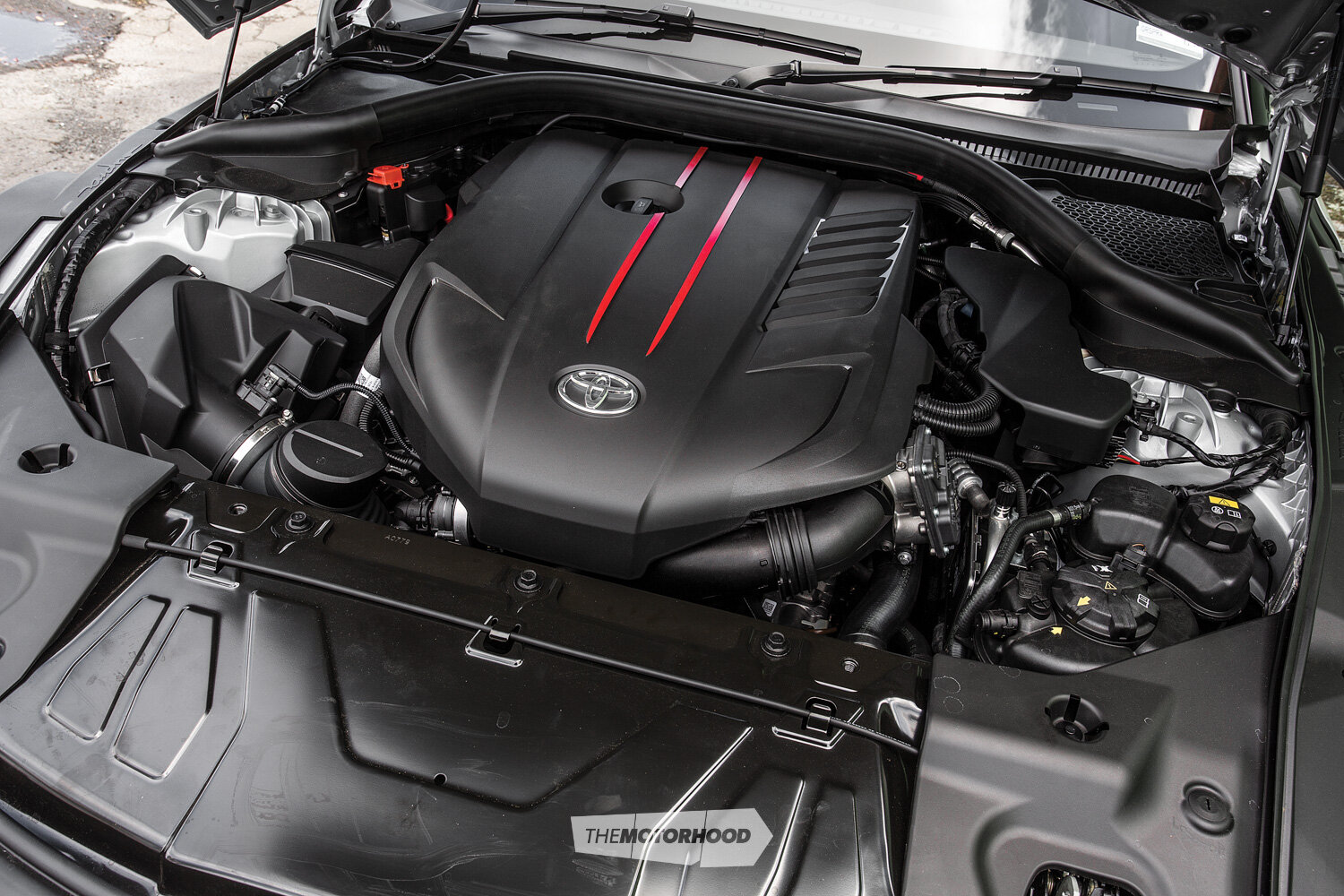
Throwing aside anything and everything that I had read online, my very first and most lasting memory of the car is a simple one: as I pulled out of Toyota New Zealand’s Auckland office driveway, the deafening screech of wiper blades on a dry windscreen quickly taught me that the indicators weren’t on the right-hand side of the steering column as I was accustomed to in older Japanese cars. It’s almost laughable how insignificant that fact is on its own, except that it was the first of many subtle reminders that, while this Supra wears a Toyota badge, it is really a BMW in disguise.
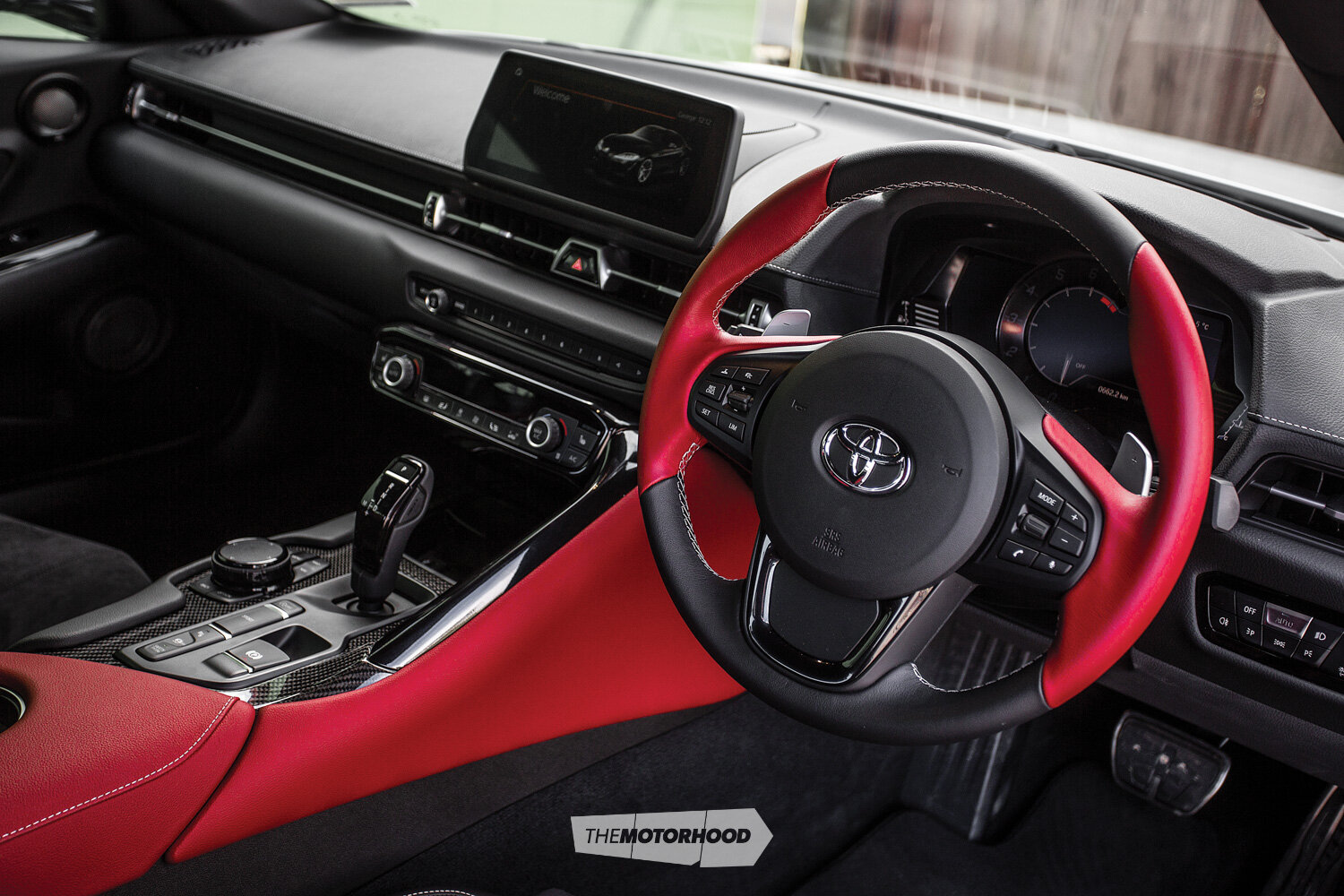
Yep, in case you’ve been living under a rock for the past few years, and haven’t heard yet, the Mk5 was built in partnership with the German automaker. Using the Cluster Architecture (CLAR) platform developed by BMW, it’s closely related to the BMW Z4 M40i and shares the same B58 straight-six twin-scroll turbocharged heart and eight-speed ZF automatic-trans combination.
Toyota claims that the Mk5 makes 250kW at 5000–6500rpm and 500Nm, which is cranked out at an impressively low 1600rpm. These figures are identical to those of the Z4 — most likely an internal agreement for one not to outdo the other on paper — but, as I quickly learned when getting behind the wheel, these numbers aren’t completely accurate.
Climbing inside the tight cabin and eagerly pushing the start button, flicking the BMW-esque gear stick down into drive, and, of course, promptly engaging Sport mode, it’s easy to see that Toyota has put its fingerprints all over the engine. It never stops breathing. Response from the fly-by-wire throttle feels instantaneous, and it’s a simple depression of the right foot to get on boost quickly — and that is more than happy to chuck you back in your seat. Factor in that the ZF is the quickest-shifting traditional automatic in the game, and, at a scarily fast rate, you’re reaching speeds that would have your licence permanently cancelled. The official 0–60mph (0–97kph) figure is set at 4.1 seconds — a claim that my butt dyno would not dispute.

SPECS
Engine: BMW B58B30, 2998cc, straight-six
Driveline: BMW ZF eight-speed automatic transmission, rear-wheel drive, six-pot front calipers, 348mm ventilated front discs, single-pot rear calipers, 345mm rear discs
Interior: Leather and Alcantara-accented sports seats, 373mm three-spoke steering wheel, head-up display
Exterior: Alloy bonnet, front guards, and doors, rear diffuser, body-matched bumpers, six-lens LED headlights, green-tinted UV-protection windscreen
Wheels/tyres: (F) 19×9-inch, 255/35ZR19 Michelin Pilot Super Sport; (R) 19×10-inch, 275/35ZR19 Michelin Pilot Super Sport
Suspension: Adaptive Variable Suspension (AVS); (F) double joint–type MacPherson struts with stabilizer bar, (R) multi-link independent with stabilizer
Power: 250kW at 5000–6500rpm, 500Nm at 1600–4500rpm
0–60mph (0–97kph): 4.1 seconds
Price: $99,990 drive away
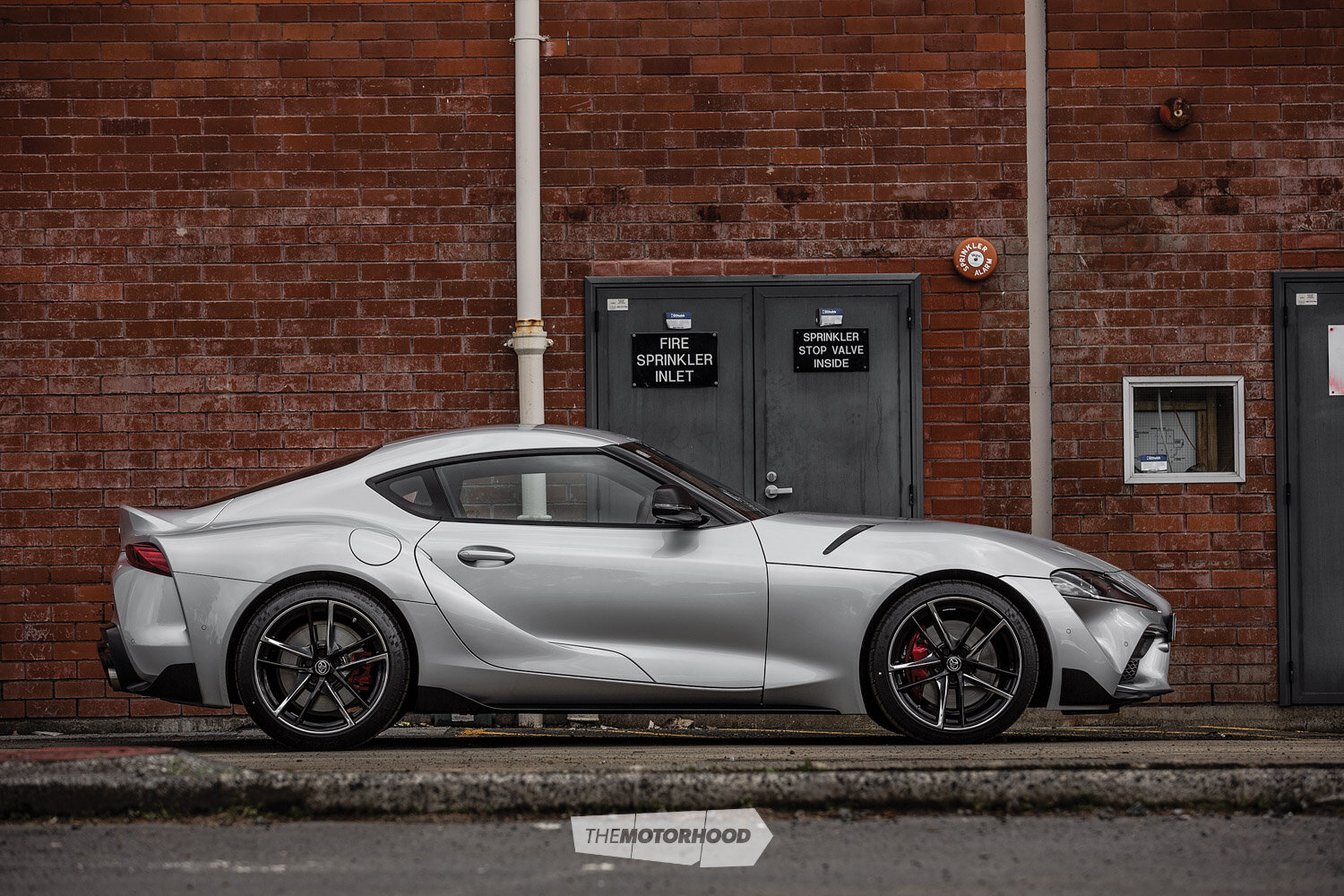
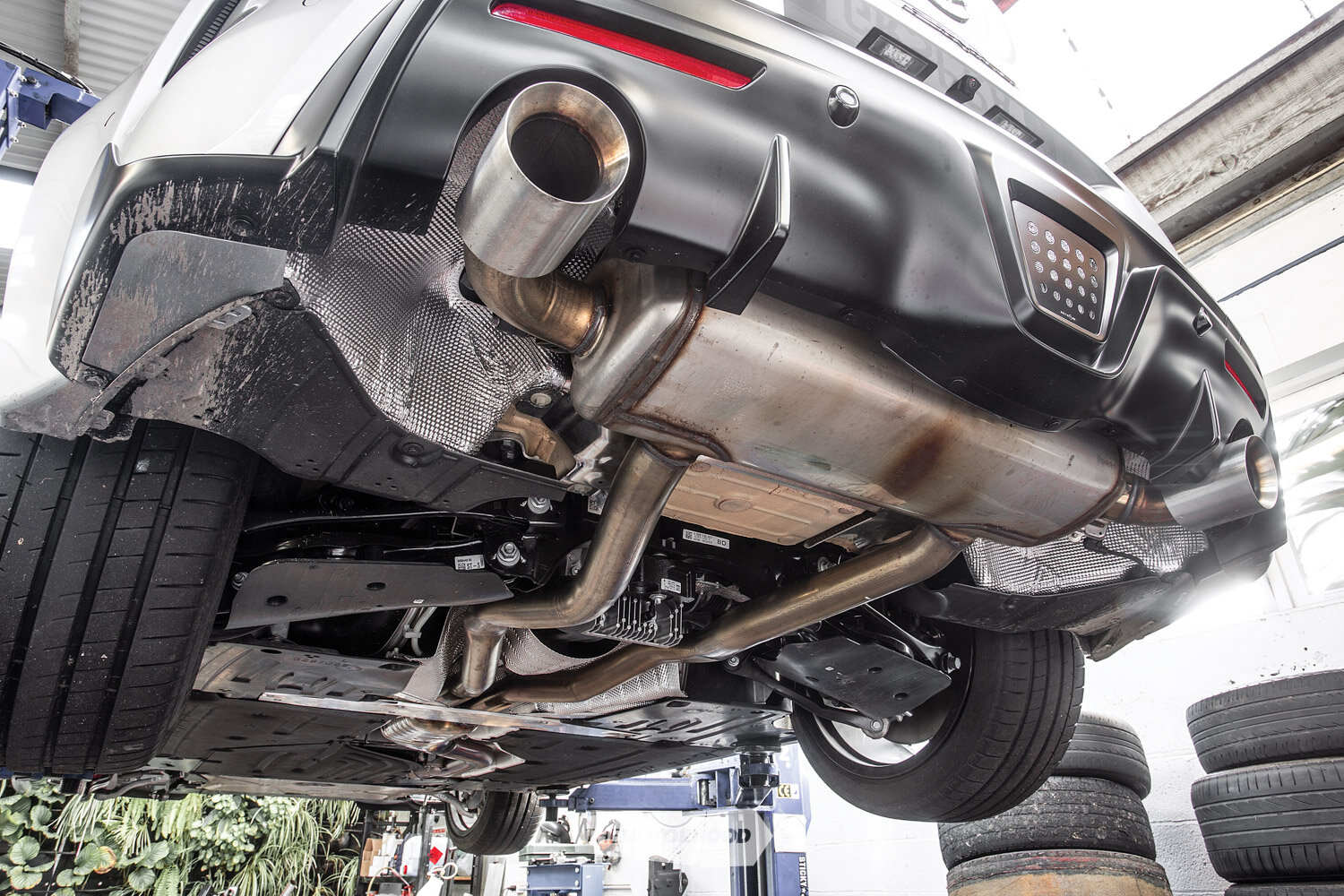
My one criticism in this department is that the extra punch of driver engagement that can only be found through a manual gear-swapper was noticeably absent. The manual mode with paddle shift on the ZF is rapid, and easily outshifts my ability on an H-pattern, but, for someone who spends a large majority of the time driving slightly less new manual cars, it doesn’t compare with feeling the car pull deep into the rev range before enthusiastically slapping the shifter into the next gear. I’ll forgive Toyota for this; I imagine that it wouldn’t have been viable to produce and fit its own manual box to the CLAR platform, but I would have happily sacrificed performance on paper for that little bit more engagement behind the wheel. Nonetheless, the remainder of the car provided enough satisfaction to provide a solid time.
On paper, the Mk5 is clearly designed for ‘enthusiastic’ driving, and that can be felt with the way it handles. At low speeds, the steering is light and receptive, but plant the throttle and it’ll stiffen up to keep the smoothness as the speedo creeps up. Up the top end, it does begin to feel a touch weightier overall — although this is alleviated by the active suspension tuning, which squats the arse end and lifts the front. With a short wheelbase, 50:50 weight split, and more than twice the body rigidity of an 86, the Mk5 is happy to snap its way through corners all day long; even with all the nanny devices switched off, I struggled to find the limit of where it could be pushed to — although I’m certain that, when it’s found, you’ll want to be the one watching from the sidelines instead of responsible for the inevitable carnage.
What I’ll commend Toyota on the most is perhaps one of the most debated factors: styling. We were never going to get an ‘enhanced’ Mk4, yet many are using that as a way to bash the Mk5 — you’d have to be the ballsiest and perhaps most daft manufacturer to try to launch a car in this age that relies heavily on ’90s styling; when it comes to actual purchases, these cars are being bought by cashed-up modern car buyers. If those people wanted a Mk4-esque car, they’d probably buy a Mk4!
Regardless, Toyota has done well to differentiate the Supra from the Z4 equivalent, producing a far sharper and more aggressive aesthetic package that includes a ton of ‘fake’ vents that can be tapped into and opened up for practical use if desired. There’re cues taken from both the predecessor and the automaker’s first sports car, the 2000GT, and it looks far better in the flesh; having a full sense of scale is key for the Mk5 — it’s low, long, and incredibly sharp.
So, while it’s easy to write the Mk5 Supra off as a BMW with a Toyota badge on the bonnet, it really is a lot more than that. Toyota has taken a base platform and honed it to suit the Toyota ethos, producing a viable successor that actually made it further than the concept stage — just what we were all asking for. With a ton of aftermarket tuning houses already developing and selling upgrade components for it, and the potential that has been realized from the B58 previous incarnations, the Mk5 will be much like the Mk4 before it in the sense that, while a solid car out of the box, it will be even better when you start throwing go-fast bits at it.
The Mk5 earns a solid thumbs up from me, but I still can’t remember the correct stalk to use for the indicators — I suppose that makes me a real BMW driver now!
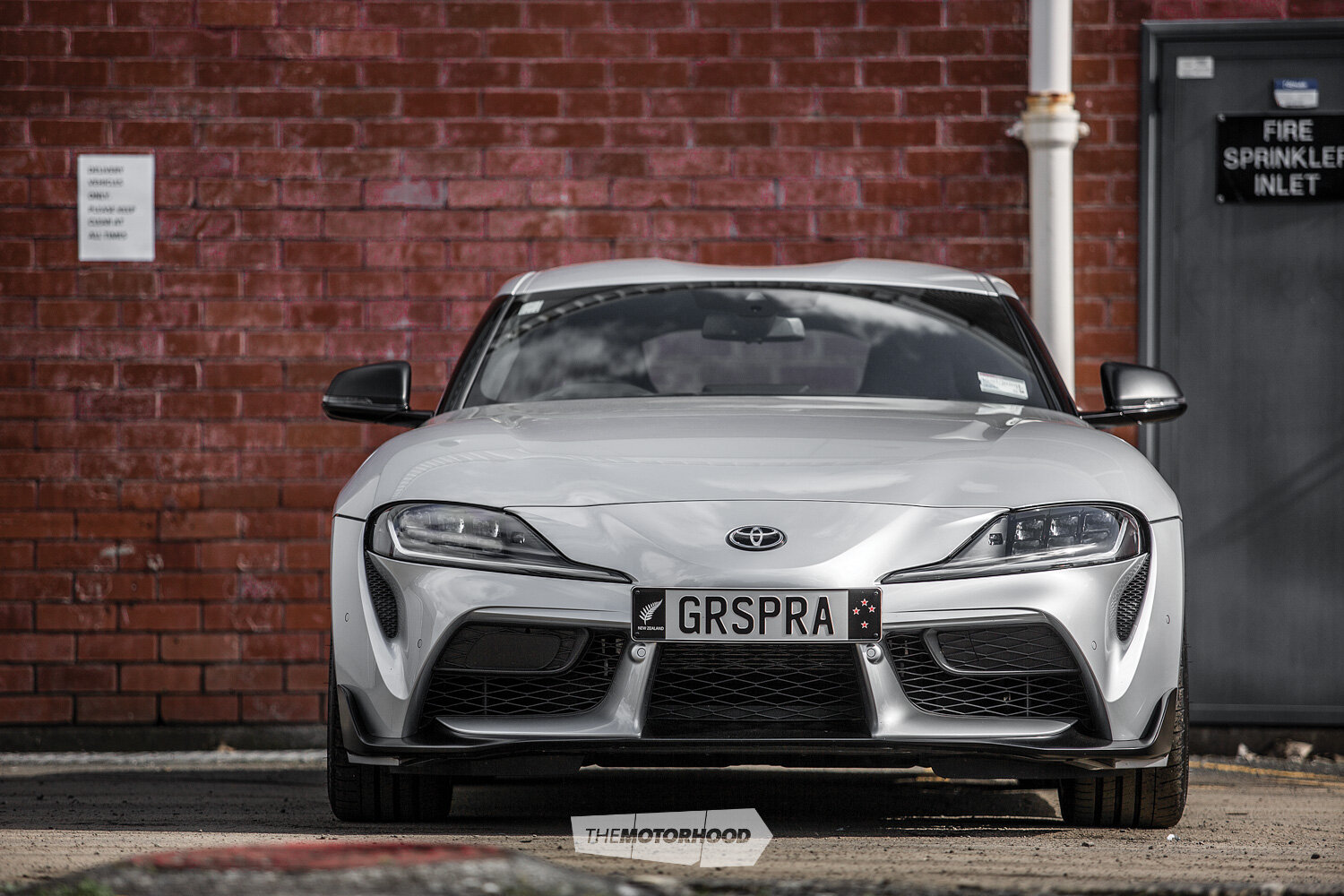
This article originally appeared in NZ Performance Car issue No. 274





